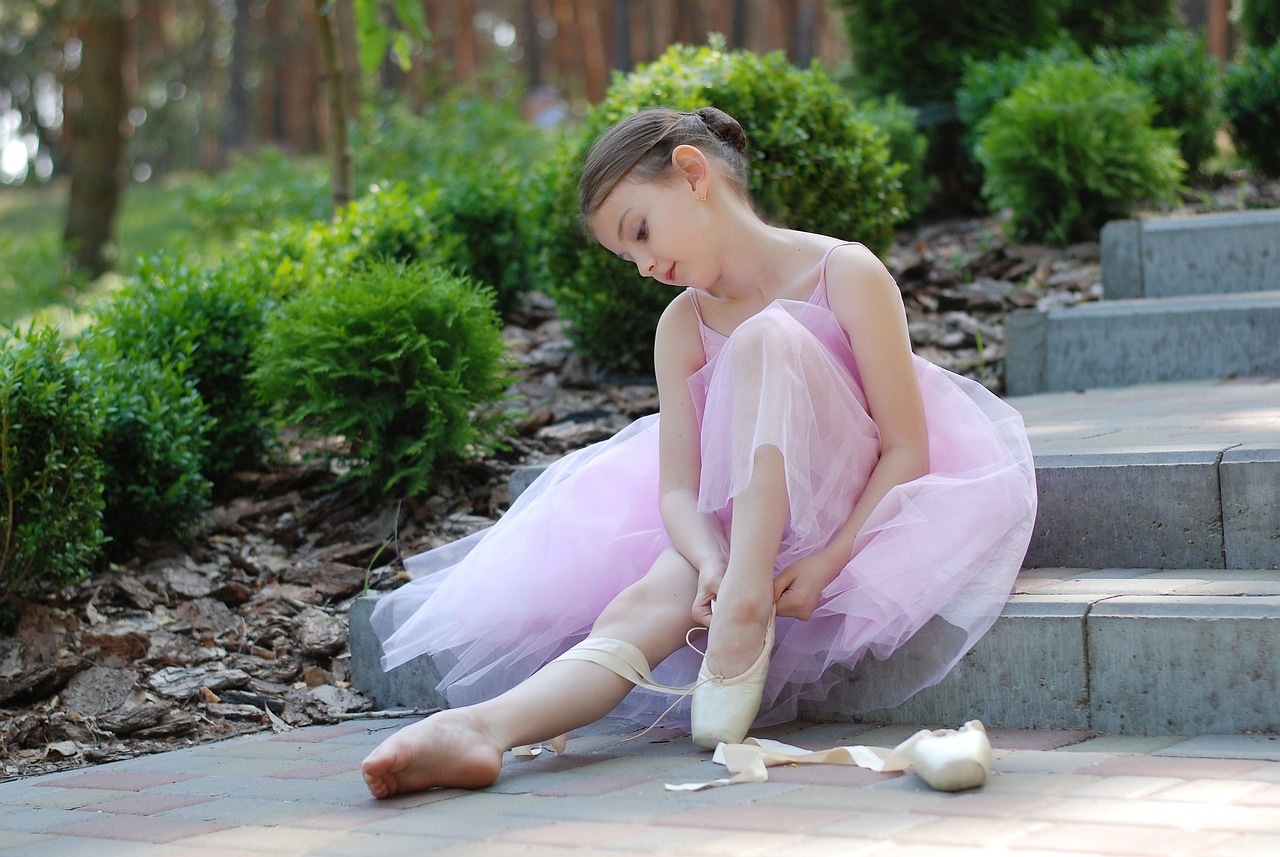Dance - Part 3
Exploring Expressive Movement Forms: Part 3
In this final part of our series on expressive movement forms, we delve into two captivating dance styles that have captivated audiences worldwide with their unique blend of emotion, grace, and storytelling.
Ballet

Ballet is a classical dance form that originated in the Italian Renaissance courts of the 15th century. It is characterized by its precise and highly formalized set steps and gestures. Ballet dancers use specific techniques and positions to create a beautiful and seamless flow of movement. The elegant and graceful movements of ballet often convey a range of emotions and stories, from love and passion to tragedy and triumph.
Key Features of Ballet:
- Turnout of the legs
- Pointe work
- Pirouettes
- Arabesques
- Graceful arm movements
Many famous ballets, such as Swan Lake, The Nutcracker, and Romeo and Juliet, have become iconic pieces in the world of dance, showcasing the beauty and storytelling power of ballet.
Flamenco

Flamenco is a passionate and energetic dance form that originated in the Andalusian region of Spain. It is known for its intense footwork, intricate hand movements, and emotional expression. Flamenco dancers use their entire bodies to convey a wide range of emotions, from joy and excitement to sorrow and longing.
Key Features of Flamenco:
- Compás (rhythmic pattern)
- Golpes (percussive footwork)
- Braceo (arm movements)
- Cante (singing)
- Palmas (hand clapping)
Flamenco performances often feature live music, including guitar playing, singing, and the rhythmic clapping of hands. The vibrant costumes and passionate movements of Flamenco dancers create a mesmerizing and unforgettable experience for both performers and audiences alike.
Exploring these expressive movement forms can open up a whole new world of creativity, emotion, and storytelling through dance. Whether you're drawn to the elegance of ballet or the fiery passion of Flamenco, both styles offer unique ways to connect with audiences and express a wide range of emotions.
